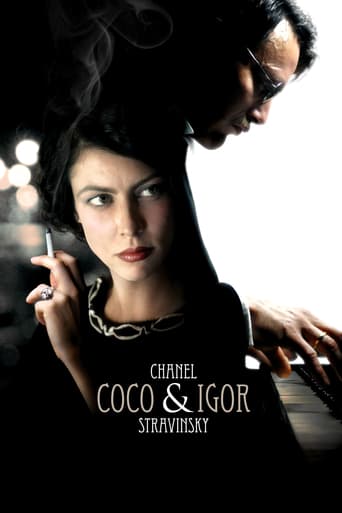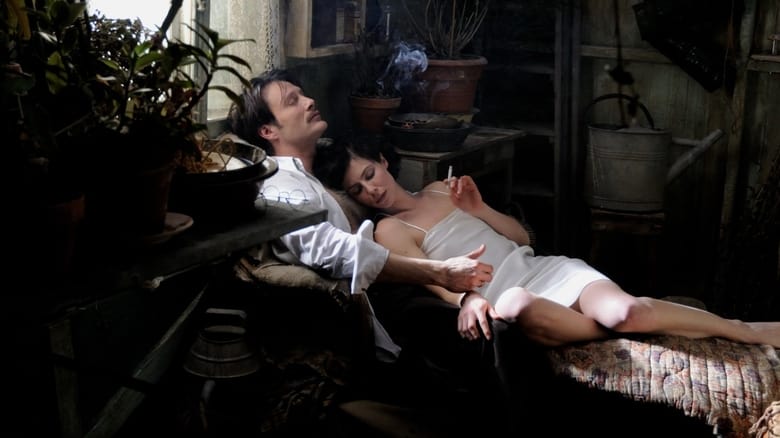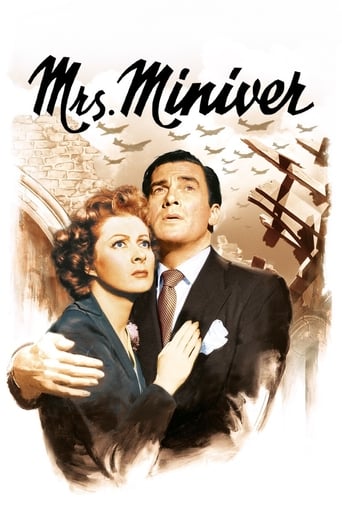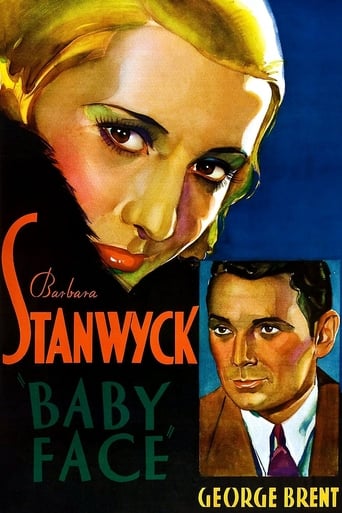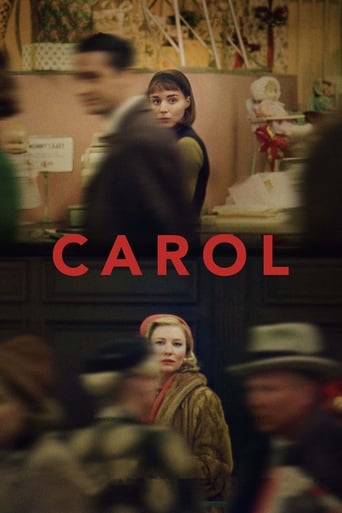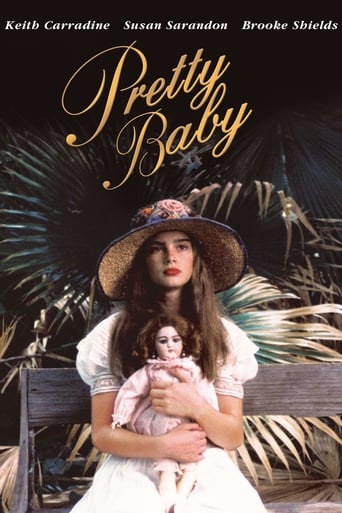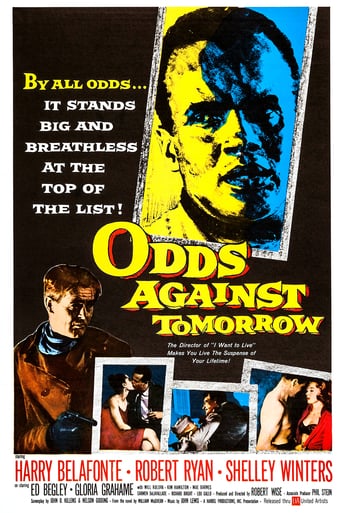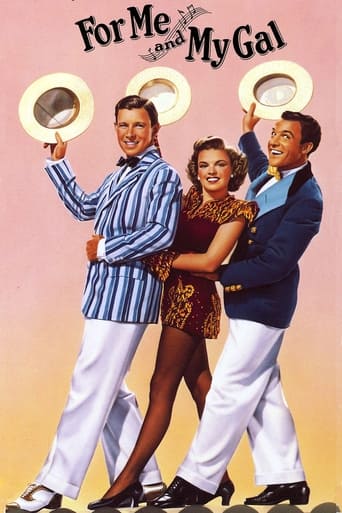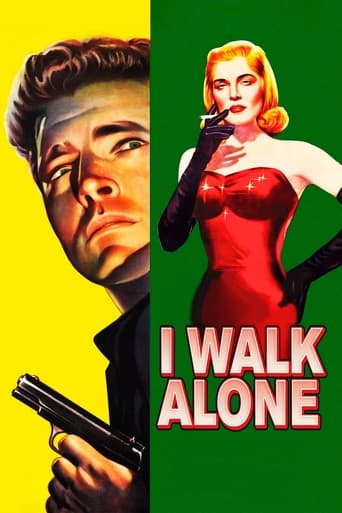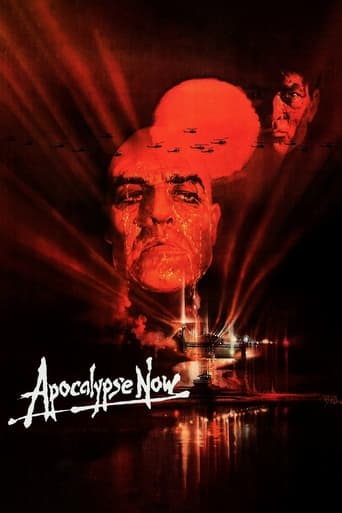Coco Chanel & Igor Stravinsky (2010)

Paris 1913. Coco Chanel is infatuated with the rich and handsome Boy Capel, but she is also compelled by her work. Igor Stravinsky's The Rite of Spring is about to be performed. The revolutionary dissonances of Igor's work parallel Coco's radical ideas. She wants to democratize women's fashion; he wants to redefine musical taste. Coco attends the scandalous first performance of The Rite in a chic white dress. The music and ballet are criticized as too modern, too foreign. Coco is moved but Igor is inconsolable.
Watch Trailer
Cast


Similar titles
Reviews
Coco Chanel and Igor Stravinsky (2009)It begins with the shocking (at the time) premier of the 1913 Russian composer Igor Stravinsky's great ballet, "Rite of Spring," that resulted in a minor riot in the theater (police were called, people were out of their seats and shouting). In a way, this recreation justifies the film right there--it's a bold and believable staging of the original, which has huge importance in the history of music and dance.Then there is a party after the war, with typical early 1920s abandonment. A new era has arrived, and Stravinsky and Chanel meet.The rest might seem to be history, but it's not. The whole rest of the film is really fiction, overall, a supposed affair between the two, and the supposed results of it in their work (Chanel No. 5 and some of Stravinsky's middle period works). It's a slow unfolding, in part because there is little to work with. The first half hour is made up of just two scenes (the ballet and the party). Then there are mostly quiet and upscale domestic situations, some intimacies, some quiet times between. The period details are pretty wonderful, and the filming is respectfully beautiful, much like a Merchant Ivory film (which might be set in the same general period). Acting? This is a puzzle. Both Chanel (French actress Ann Mouglalis) and Stravinsky (Danish actor Mads Mikkelsen) play everything with painful restraint. Who's to say exactly what these people were like, but surely the music is nothing if not crazy for the times (and beautifully crazy, for sure), and the fashions were nothing if not radical (and beautifully so)? But things develop as if everyone is psychotically shy and inhibited.Most of you know there was another Coco Chanel movie released this same year, "Coco before Chanel," about the young woman's life before her fame, and in a way, the Coco there played by Audrey Tatou makes more sense. That movie was imperfect, too, and it might be said that between the two, a glimpse of the real woman might be possible, which is in a way remarkable enough. The addition of Stravinsky and his music is compelling on an artistic level, but not a dramatic one. The movie, in its own way, tries to be romantically dramatic. The camera moves around people as they speak, and follows them into rooms and around corners. The music (mostly Stravinsky's) is vivid and rich (and Modern), and the sets are filled with plain old prettiness--wallpaper and light through doorways and a room full of flower petals (leading, we find out, to perfumes). It's all a great place to end up for an evening.If only the company were more interested, and interesting.
This movie is often very beautiful to look at. Some of the camera-work is innovative, other times it references famous scenes in previous movies. If this were a silent picture, these things would stand out more and make for a more enjoyable experience.Because, sadly, the movie is a bore.It recounts the story of two not particularly attractive and certainly not pleasant individuals who have a lot of very uninteresting and apparently passionless sex that is quite clearly but not at all erotically filmed. There they are again, in bed, completely unclothed, going at it, and I found myself wondering if I should make popcorn. They are presented as they evidently were: two individuals intensely devoted to their work, work that took a lot of solitary creation. When they have sex, it is as if Stravinsky does it, quite methodically, in order to get rid of his urges - since he apparently can't have sex with his quietly suffering wife anymore, because of her illness - so that he can get back to his composing. That may be what the movie wanted to suggest. But that doesn't make for a very interesting movie. We never see much of any relationship between him and Chanel, just the sex.It took me three days to get through the whole thing. I just couldn't keep watching for but so long at a stretch, and only finished it so that I hadn't totally wasted my money on renting it."Coco before Chanel" shows that Chanel could be interesting. I'm willing to believe that Stravinsky could be interesting too. But I didn't get that from this movie. We see Chanel's involvement in the creation of Chanel No. 5, but there's no joy in it, so we don't get excited about it either.We get even less involved in Stravinsky's composition.It looks like a Masterpiece Theater where all the money went into the production values and nothing into the script. When you're dealing with two intellectual persons for an audience who, given the subject matter, is likely to be fairly intellectual themselves, this is not a good thing.
The good thing about the two movies centered on the life of Coco Chanel is that there is still room for more inasmuch as we are still only up to 1920. If Mads Mikkelsen is hopelessly miscast as Stravinsky and is unable to compensate by offering anything approaching acting Anna Mouglalis is perfect as Chanel, contriving now to resemble Princess Margaret, now Ava Gardner which is quite a trick given that the former was icy, aloof and regal as befitted her status whilst the latter was earthiness personified. If anything this is an Art Director's film and the decors are indeed stunning though never quite matching the shot in Coco Avant Chanel when the door to the dormitory is thrown open to reveal the crisp, white linen against black. It's doubtful if an audience today - with the exception of historians/classical music buffs etc - will know just what is going on in the opening twenty minutes and for whom Diaghilev, Nijinsky and even Stravinsky himself won't ring even a remote bell, but if you like Stately and Stylish then you may well enjoy this one.
I just want to comment upon the review by Chris Knipp. I saw this wonderful film to me as someone who is well versed in classical music and fascinated about what was going on musically in this period. The fact that there was a riot at the first public performance of Stravinsky's Rite of Spring comes as no surprise as this was music that forever changed classical music. Conventional Camille Saint-Saëns saw a rehearsal of Stravinsky's Rite of Spring and stormed out saying that he had never been so offended in his life. I have never seen anyone do a performance of the original ballet The Rite of Spring and I wish that I could see performances of the original Stravisky ballets, particularly The Firebird, and I watched this recreation with great interest. People needed to know that the dancer Vaslav Nijinsky was the "toyboy" of Sergey Diaghilev at the time and that this is the reason why he got to do the choreography for Stravinsky's Rite of Spring. Vaslav Nijinsky is only momentarily referred to in the film by his given name and you need to know this. I watched all of the first night of Stravinsky's Rite of Spring with great interest as I've read much about this and to see it recreated on the screen I found revelatory. Sergey Diaghilev stage managed this first night and I was mesmerised seeing it on the screen.I feel that I should add what we saw in the film Mao's Last Dancer of Stravinsky's ballet The Rite of Spring was nothing like the original ballet and I'm grateful for this film for seeing the original ballet.I disagree with Chris Knipp on various things and I found the sex scenes between Coco Chanel and Igor Stravinsky to be intense and passionate, exactly as I would expect them from a passionate Russian.There was much that I found interesting in this film apart from the first night of Stravinsky's Rite of Spring, such as how Stravinsky composed. What I found initially very odd in this film was Stravinsky appearing to be composing The Rite of Spring at the piano seven years after its first performance and this should have some way been explained in the film. I researched this and what was going on was that Stravinsky moved to France in 1920, to work with the French piano manufacturer Pleyel. Stravinsky arranged (and to some extent re-composed) many of his early works including The Rite of Spring for the Pleyela, Pleyel's brand of player piano.I watched this wonderful film with great interest and I want to thank the people who made this film for what they have done.

